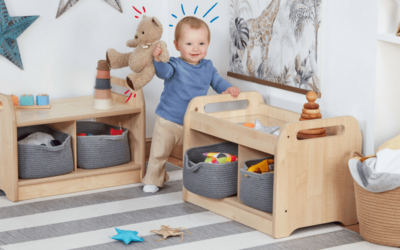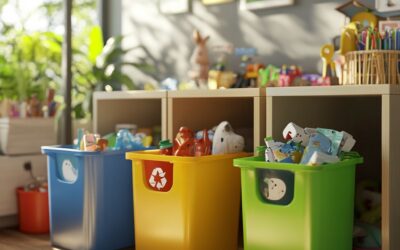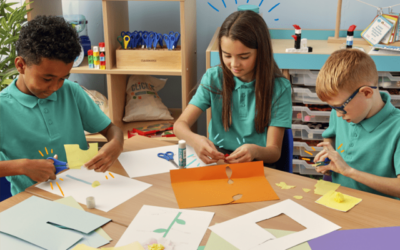National Picnic Week: Outdoor crafting activities
We’re celebrating National Picnic Week (19th – 27th June) with some exciting outdoor crafting activities. Picnics are one of the joys of sunny days and give children the chance to have fun outdoors…in addition to a slice of their favourite cake of course!
National Picnic Week falls at the peak of picknicking season and with the warmer weather, it gives children and care givers the opportunity to take play beyond their usual four walls and extend into the great outdoors.
We love any excuse for a craft activity here at Hope Education and National Picnic Week is absolutely no exception! We have all the resources you need for your art cupboard and outdoor crafting activities and below we give you step-by-step instructions and a list of supplies to complete each craft activity.
Activity one: Animal face masks
Based on idea: https://www.pinterest.com/pin/191825265357106807/
Channel the fun of ‘The Tiger Who Came To Tea’ and encourage children to make animal face masks for a truly fun picnic!
Supplies needed:
- Paper modelling sticks
- Selection of paints
- Paint brushes
- Scissors
- Paper plates
- Glue
- Sellotape
Instructions:
- Cut out your ears or whiskers and put them to one side
- Paint the plate the main colour. For example, for a bear, paint the plate brown
- Paint your ears, whiskers or other facial features ready to stick to your plate
- Once dry, cut out the eye holes and/or the mouth area
- Once dry, stick your features, ears and/or whiskers to the mask
- Once you’ve stuck your features to the mask, stick the paper modelling stick to the back of the mask with sellotape.
Activity two: Nature Scavenger Hunt Cards
Inspired by: https://www.pinterest.co.uk/pin/AfZBi682JRxYx58o6YbOgJ28HDWFtI5MkO3IVccftR8I0FLT9jDB4oc/
Getting out into nature is the perfect chance to give children the chance to see and recognise things they might not usually spy within their learning environment. Create the cards with the children and tailor the card to your picnic destination. If you’re heading to a river, you may put pebbles, a bridge and fish onto your cards whereas if you’re picnic is being held in the park or on a playing field you may choose to add ants, certain leaves and daisies to your list.
Supplies you will need:
- A4 card
- Colouring pencils or pens
- Your imagination!
Instructions:
- Prior to the crafting session, come up with a list of 30 items you think will be appropriate to the picnic setting and give children the opportunity to pick 10-15 for their card.
- Let children draw the items onto the card.
- Head off to your picnic and encourage the children to either tick off the items or draw the version they have seen whilst exploring!
Activity three: Teddy Bear’s Picnic
Kind of inspired by this: https://www.pinterest.co.uk/pin/153122456055369697/
If you’re hosting the well-loved traditional Teddy Bear’s picnic, why not encourage the children to create a ‘feast’ for the teddies to accompany the treats the children will be enjoying?
Supplies needed:
- Paper plates
- Paints
- Paint brushes
- Your favourite teddy
Instructions:
- Speak to the children and discuss favourite foods and ask each child what their favourite food is and why.
- Give each child a blank paper plate and ask them to paint a meal for their teddy to enjoy at the picnic.
- Encourage the children to discuss the ‘food’ they’ve painted for their teddies to enjoy at the party and let the plates dry before both children and their teddy companions enjoy a picnic together.


Related blogs
Your Guide to the School-Based Nursery Capital Grant
What is the School-Based Nursery Capital Grant? For schools aiming to enhance their nursery facilities, the School-Based Nursery Capital Grant provides a simple funding solution. This grant is open to eligible state-funded primary schools in England that...
What Goes In, Must Go Out
Creating a Circular Economy in Your Nursery Author: Nick Corlett Sustainability Manager at LEYF Sustainability is more than a trend—it’s a shared responsibility, and the nursery is the perfect place to nurture these skills. Every day...
Top tips to create a SEND-Friendly Primary School Classroom
Author Lindsay Robinson Lindsay Robinson has been a primary school teacher for 23 years and is passionate about achieving the very best outcomes for children through quality first teaching and experiences. I remember receiving very little guidance during my teacher...


